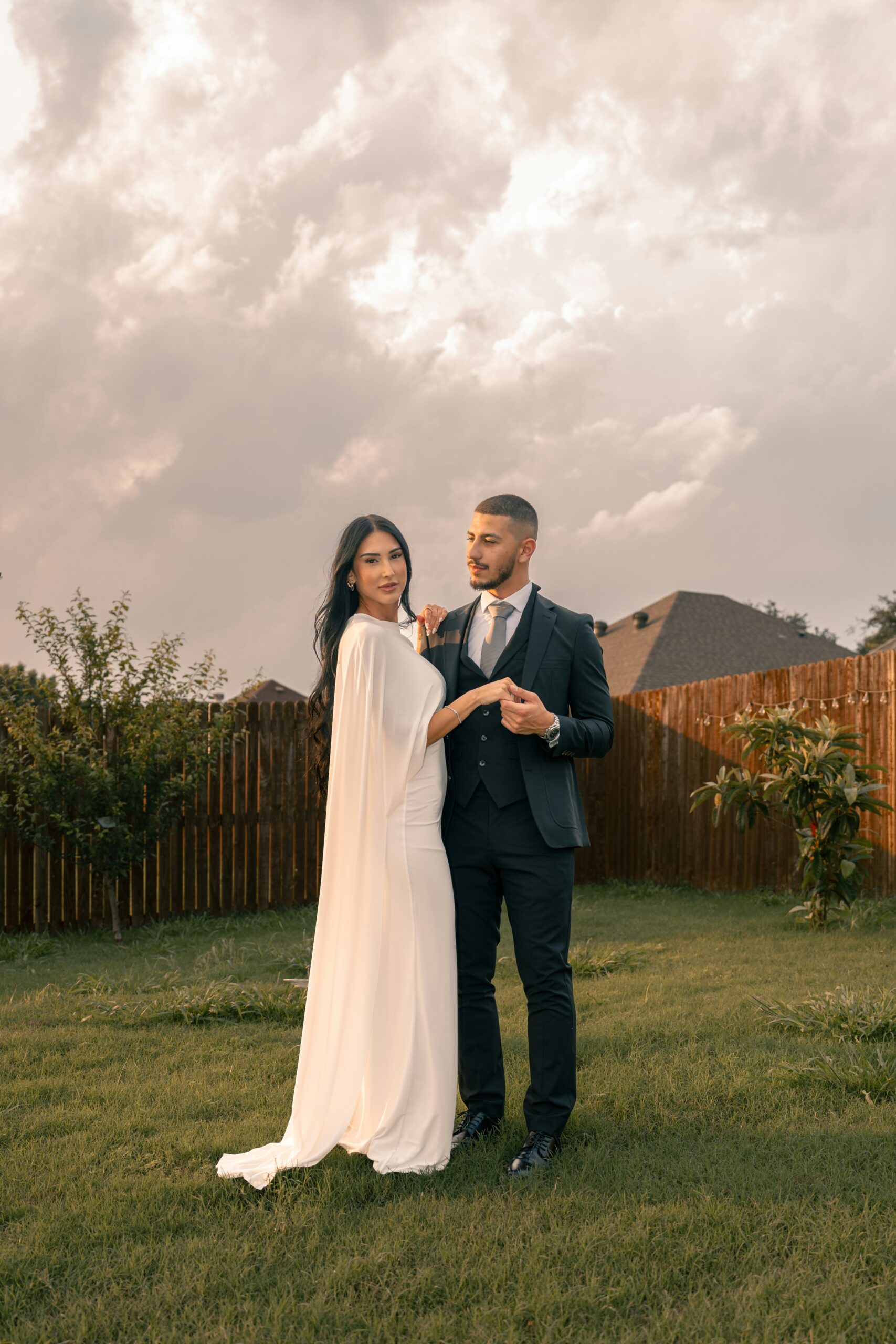Hi, Friend! Jen Glantz here. I’m a bestselling author and the first ever bridesmaid for hire. Let’s talk about how to write a heartfelt engagement proposal speech and examples.
Recent studies show that 73% of couples consider the engagement speech a crucial part of their journey. A well-crafted engagement speech goes beyond mere words—it creates lasting memories and strengthens bonds between couples and their loved ones. This guide will walk you through the essential elements of delivering a memorable engagement toast that resonates with everyone present.
Resources:
- Our #1 engagement speech generator
- More tups & advice on our Bridesmaid for Hire blog — updated daily!
- Need advice? Check out 1-800-Bridesmaid
- Shop our top picks for 2025 engagement rings here
The Psychology of Engagement Speeches
Engagement speeches trigger powerful neurochemical responses that strengthen emotional connections. When we deliver heartfelt words, our brains release oxytocin—the “bonding hormone”—creating a shared emotional experience that brings everyone closer together.
Our brains are wired to remember emotionally charged experiences more vividly. When guests hear a touching engagement speech, their hippocampus—the brain’s memory center—converts those moments into lasting recollections. According to research, 92% of couples report feeling a stronger emotional connection after hearing heartfelt engagement speeches.
The most effective speeches balance vulnerability with authenticity. When you speak genuinely about the couple’s journey, you create a psychological environment where genuine connection thrives. This authenticity resonates with guests on a neurological level, activating mirror neurons that allow them to experience the emotions you’re expressing.
Understanding audience psychology helps you craft a speech that adapts to the emotional atmosphere of the room. Pay attention to collective mood shifts, and be prepared to adjust your delivery accordingly. A speech that responds to the room’s energy will feel more natural and engaging than one that rigidly follows a script.
Tip: Before your speech, take a moment to gauge the room’s atmosphere. Is it formal and reverent, or casual and playful? Adjust your tone to match while staying true to your authentic voice and the couple’s relationship.
Crafting Your Speech Structure
A well-structured engagement speech guides your audience through an emotional journey. The ideal structure creates a natural flow that builds toward a meaningful conclusion.
Begin with a brief introduction that establishes your connection to the couple. This creates context for your perspective and helps the audience relate to your words. Keep this section concise—about 30 seconds—focusing on your relationship with the couple rather than yourself.
The body of your speech should tell a story about the couple’s relationship. Include 2-3 meaningful anecdotes that highlight their compatibility, growth together, or special moments you’ve witnessed. Structure these stories chronologically or thematically, focusing on revealing the couple’s unique bond.
Balance heartfelt sentiments with appropriate humor. Research shows speeches with thoughtful humor are remembered 42% more clearly than purely sentimental ones. However, keep jokes kind and inclusive—never at the expense of either partner or any guests.
As you approach your conclusion, shift toward the future. Express confidence in the couple’s journey ahead and share wishes for their continued happiness. This forward-looking perspective leaves everyone feeling optimistic and celebratory.
Tip: Use the “sandwich method” for your speech structure: begin with warm congratulations, fill the middle with personal stories and observations, and end with a heartfelt toast that invites everyone to celebrate the couple’s future together.
Cultural Awareness and Inclusivity
Modern engagement celebrations often bring together people from diverse backgrounds and traditions. Crafting a speech that respects and embraces this diversity creates a welcoming atmosphere for all guests.
Incorporate multilingual elements if appropriate to the couple’s heritage. Even simple phrases like “congratulations” or “to love” in languages significant to the couple can acknowledge their cultural backgrounds. A survey found that 68% of couples in intercultural relationships appreciate elements from both cultures in engagement speeches.
Use inclusive language that recognizes diverse relationship dynamics and family structures. Replace gendered terms like “bride and groom” with “the couple” or use their names. This small adjustment ensures your speech resonates with everyone regardless of their own relationship structures.
Balance traditional and contemporary references to bridge generational gaps in your audience. Older guests might appreciate classic romantic sentiments, while younger attendees may connect with more modern expressions of partnership and commitment.
When referencing cultural traditions, do so with respect and accuracy. If you’re unfamiliar with a particular custom, consult someone knowledgeable before including it in your speech. Authenticity matters—avoid stereotypes or superficial mentions of cultural elements.
Tip: If the engagement brings together different cultural traditions, acknowledge this diversity as a strength in the couple’s relationship. You might say, “Their ability to honor both their traditions while creating new ones together shows the thoughtfulness they bring to their partnership.”
Delivery Techniques and Performance
The impact of your engagement speech depends not just on what you say, but how you say it. Mastering delivery techniques transforms written words into a memorable performance.
Strategic pauses create emotional resonance at key moments. Pause after important statements to let your words sink in, especially following heartfelt declarations or humorous moments. This breathing room allows the audience to process and react to your speech, creating a more dynamic experience.
Voice modulation conveys emotional nuance throughout your speech. Practice varying your tone, pitch, and volume to express different emotions—warmth when sharing fond memories, excitement when describing the couple’s future, and sincerity during congratulations. These vocal shifts maintain audience engagement and emphasize key points naturally.
Your body language speaks volumes alongside your words. Maintain open posture, make genuine eye contact with both the couple and other guests, and use natural hand gestures to enhance your message. Research shows that speakers whose nonverbal cues align with their words are perceived as 26% more authentic and trustworthy.
Consider the physical space when planning your delivery. Position yourself where everyone can see you, project your voice appropriately for the venue, and be mindful of any environmental factors like lighting or background noise that might affect your performance.
Tip: Record yourself practicing the speech to identify areas for improvement in your delivery. Focus on eliminating filler words, refining your pacing, and ensuring your voice projects clearly without straining.
Ethical Considerations and Boundaries
Respecting privacy and consent boundaries is essential when sharing stories about the couple. A thoughtful engagement speech celebrates their relationship without causing discomfort or embarrassment.
Always get permission before sharing personal anecdotes, especially those involving challenges the couple has faced or private moments you’ve witnessed. What might seem like a harmless story to you could feel invasive when shared publicly. When in doubt, ask the couple directly if a story is appropriate to include.
Navigate sensitive topics with grace by focusing on growth and positive outcomes. If referencing past relationships or difficult periods, frame them as stepping stones that led to the couple’s current happiness. Avoid detailed accounts of arguments, breakups, or private struggles unless they’re already well-known and viewed positively by the couple.
Use inclusive language that makes all guests feel welcome and acknowledged. Be mindful of religious, cultural, and personal differences among attendees. Avoid inside jokes or references that would exclude significant portions of the audience from understanding your speech.
Remember that your speech will likely be recorded and may live on in photos, videos, and social media. Apply the “forever test”—if something might cause discomfort or regret years later when rewatched, consider omitting it from your speech.
Tip: After drafting your speech, review it specifically for potential boundary issues. Highlight any stories or jokes that might be questionable and either get explicit permission to include them or replace them with safer alternatives.
Whether you’re a best friend, family member, or honored guest, delivering an engagement speech is a meaningful contribution to the couple’s journey. By understanding the psychology behind effective speeches, crafting a thoughtful structure, embracing cultural diversity, mastering delivery techniques, and respecting appropriate boundaries, you’ll create a toast that resonates with everyone present and becomes a cherished memory for years to come.
1-800-BRIDESMAID
The Newlywed
Card Game
something extra to love
Read the weekly newsletter from Bridesmaid for Hire, 1-800-Bridesmaid, to hear about real stories, from strangers, who need advice on love, life, friendship, and so much more.
Looking for the perfect wedding gift for someone you adore? Grab The Newlywed Card Game. It's a fun and interactive game they can play on their honeymoon or future date nights.




